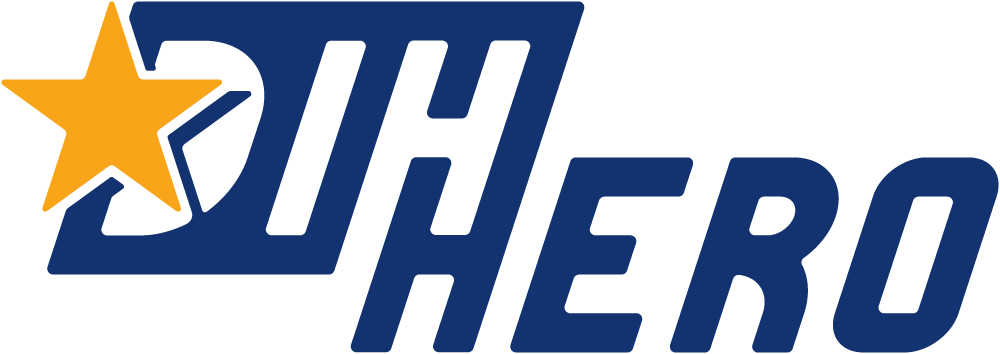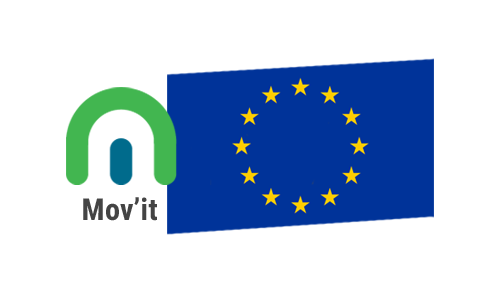Project
VERSUS
Virtual-Reality Enhanced Rehabilitation for Sustainable and Usable Services
Project co-financed from Tuscany POR FESR 2014-2020
Call N° 2 – Strategic Research and Development Projects for MSME
The research project “VERSUS” aimed at developing a technologically advanced ICT platform for the robot-assisted rehabilitation of the upper limb in stroke survivors. This goal is related to the Tuscany Region intention of enhancing assistance taking advantage of IT, thus, to ensure the optimization of the therapy and the continuum of care, from hospital to local institutions closer to the patient.
The novelty behind this new platform relies on the enhancing of assistance taking advantage of IT, to finally ensure the optimization of the therapy and THE continuum of care, from hospital to local institutions closer to the patient.
The research project “VERSUS” aimed at developing a technologically advanced ICT platform for the robot-assisted rehabilitation of the upper limb in stroke survivors. This goal is related to the Tuscany Region intention of enhancing assistance taking advantage of IT, thus, to ensure the optimization of the therapy and the continuum of care, from hospital to local institutions closer to the patient.
The novelty behind this new platform relies on the enhancing of assistance taking advantage of IT, to finally ensure the optimization of the therapy and THE continuum of care, from hospital to local institutions closer to the patient.
Given the high incidence of stroke, which is the second cause of death in the world and the third in developed countries, as well as the leading cause of disability in the elderly, the target users of VERSUS platform were post-stroke patients in the sub-acute phase. VERSUS platform included two scenarios: the first for the intensive rehabilitation in hospitals, the other for local institutions.
VERSUS platform was composed of:
- A platform for rehabilitation management, allowing to supervise hospitalization from the discharge to local institutions. The platform allows the clinical staff (physiatrists, neurologists, occupational therapists) to plan the most suitable rehabilitation protocol according to the residual functions of the patient and the recovery purposes of the rehabilitation program;
- A virtual reality platform for the robot-assisted rehabilitation, equipped with a system for immersive visualization, which can be also used in stereoscopics;
- Wearable sensors for monitoring movements in terms of joint angles, speed, and acceleration, to assess the motor recovery through kinetic data and joint intervals;
- Modular devices for the upper limb rehabilitation (e.g., shoulder, forearm, wrist) and for the hand rehabilitation (e.g., index finger-thumb opposition, index finger-middle finger opposition).
VERSUS platform was designed and developed through four different Operational Goals including: (001) identification of functional requirements and technical features which characterize the platform; development and validation of the different modules (002 and 003); clinical experimentation and development of the platform (004).
Given the high incidence of stroke, which is the second cause of death in the world and the third in developed countries, as well as the leading cause of disability in the elderly, the target users of VERSUS platform were post-stroke patients in the sub-acute phase. VERSUS platform included two scenarios: the first for the intensive rehabilitation in hospitals, the other for local institutions.
VERSUS platform was composed of:
- A platform for rehabilitation management, allowing to supervise hospitalization from the discharge to local institutions. The platform allows the clinical staff (physiatrists, neurologists, occupational therapists) to plan the most suitable rehabilitation protocol according to the residual functions of the patient and the recovery purposes of the rehabilitation program;
- A virtual reality platform for the robot-assisted rehabilitation, equipped with a system for immersive visualization, which can be also used in stereoscopics;
- Wearable sensors for monitoring movements in terms of joint angles, speed, and acceleration, to assess the motor recovery through kinetic data and joint intervals;
- Modular devices for the upper limb rehabilitation (e.g., shoulder, forearm, wrist) and for the hand rehabilitation (e.g., index finger-thumb opposition, index finger-middle finger opposition).
VERSUS platform was designed and developed through four different Operational Goals including: (001) identification of functional requirements and technical features which characterize the platform; development and validation of the different modules (002 and 003); clinical experimentation and development of the platform (004).

Progetto
HES
Hand ExoSkeleton
This research has received funding from the European Union’s Horizon 2020 research and innovation programme
under grant agreement No 825003, DIH-HERO cascade funding programme
HES proposes the development and validation of a Hand Exoskeleton for post-stroke rehabilitation. In fact, we have already developed an exoskeleton (TRL5) for neurological rehabilitation and we are now proposing to implement an assist-as-needed control, to develop serious games, and to test these improvements in a clinical environment in order to have a usability assessment.
HES proposes the development and validation of a Hand Exoskeleton for post-stroke rehabilitation. In fact, we have already developed an exoskeleton (TRL5) for neurological rehabilitation and we are now proposing to implement an assist-as-needed control, to develop serious games, and to test these improvements in a clinical environment in order to have a usability assessment.
The therapists who used to work with robotic devices often ask for a tool to be fruitfully used during hand rehabilitation, because this is a difficult and crucial part of the functional restoring process: the fine hand control and movements are the most complicated function to restore after a stroke and effective tools are currently not available on the market.
At the moment the devices for hand rehabilitation could be counted on the fingers of one hand: worse than this, they neither exert enough force for hypertonic patients nor are easy to wear for neurological patients. The patent pending solution proposed by HES is a cable driven exoskeleton which can be detached from remote actuation, easily worn by the patient, then reconnected to its powerful actuation. A smart adaptive control is the ultimate refinement needed by this device before the usability assessment (and after the end of the project, the clinical validation and the CE marking).
A force closed-loop adaptive impedance control will be implemented on each exoskeleton phalanx to track target force values during task execution and to provide a patient with a tailored level of assistance during hand opening and closing.
Moreover, this project will allow us to get in touch with a relevant end user with excellent scientific reputation, the Cliniques universitaires Saint-Luc, the UC Louvain academic hospital in Brussels, providing reference care with particular focus on stroke neuro-neurorehabilitation. Clinique Saint-Luc will be in charge of the exoskeleton usability assessment.
The therapists who used to work with robotic devices often ask for a tool to be fruitfully used during hand rehabilitation, because this is a difficult and crucial part of the functional restoring process: the fine hand control and movements are the most complicated function to restore after a stroke and effective tools are currently not available on the market.
At the moment the devices for hand rehabilitation could be counted on the fingers of one hand: worse than this, they neither exert enough force for hypertonic patients nor are easy to wear for neurological patients. The patent pending solution proposed by HES is a cable driven exoskeleton which can be detached from remote actuation, easily worn by the patient, then reconnected to its powerful actuation. A smart adaptive control is the ultimate refinement needed by this device before the usability assessment (and after the end of the project, the clinical validation and the CE marking).
A force closed-loop adaptive impedance control will be implemented on each exoskeleton phalanx to track target force values during task execution and to provide a patient with a tailored level of assistance during hand opening and closing.
Moreover, this project will allow us to get in touch with a relevant end user with excellent scientific reputation, the Cliniques universitaires Saint-Luc, the UC Louvain academic hospital in Brussels, providing reference care with particular focus on stroke neuro-neurorehabilitation. Clinique Saint-Luc will be in charge of the exoskeleton usability assessment.




